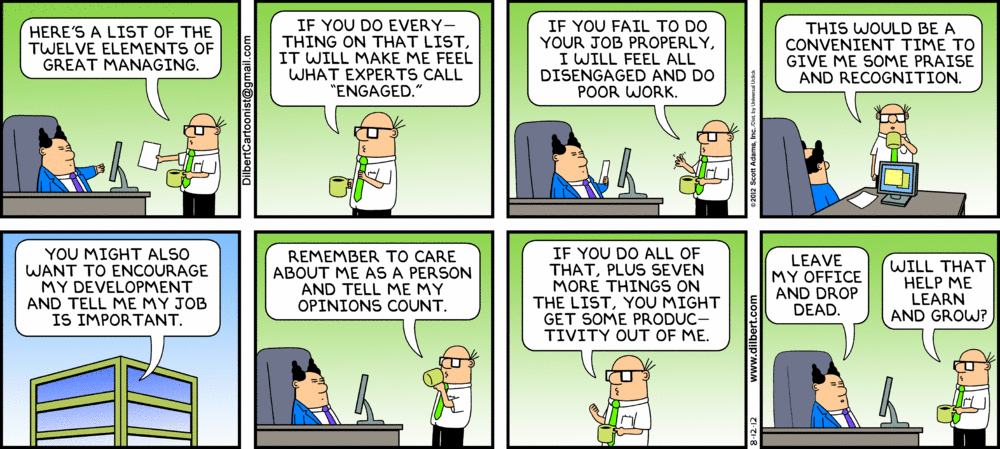The first company I worked for was fantastic—a great culture, excellent facilities, and perks. Despite the absence of excessive pressure, we undertook remarkable high-impact projects. It was so appealing that many skilled professionals saw it as a permanent home.
But every great story has a twist. The company started losing money gradually. Changes became noticeable, and one day, it abruptly laid off a significant number of employees. The morale of the employees went down, and uncertainty spread in the organization.
The Contributor and The Benefactor
I was among the fortunate ones who stayed with the organization. During this time, two incidents left a lasting impact. Two individuals, each with distinct personalities and attitudes, stand out.
One person who I would call a ‘contributor’ was what an organization would consider a top performer. The person inspired all the people around and delivered results that were duly recognized formally by the organization. The other person was what I would call a ‘benefactor’. This person was not very popular among coworkers. Yet, they used to deliver what the organization would consider an acceptable performance.
On layoff day, both these folks said their goodbyes. The contributor, busy with crucial work, got the call to the dreaded meeting room. They knew it was time to leave, but calmly asked for more time, explaining that handing over their critical task would hurt the team.
On the flip side, the benefactor was stunned by the whole situation. They felt sorry for themselves, couldn’t believe it happened, and were just shocked. They packed up quietly and said a simple goodbye to the team. Same event, but they dealt with it very differently, showing varied levels of maturity and acceptance.

Reflecting on the Layoffs
A few days later, I took a moment to think about these incidents, questioning whether what occurred was fair or not. The contributor, without a doubt, was someone who should have stayed. They were an influencer, motivating and inspiring others in the organization. Letting go of this person seemed to hurt the company more than it helped. From my perspective, it boiled down to a clash of some numbers that didn’t align with a predetermined formula. This lead to the person being let go.
Is the blame for this incident solely on the HR department? I don’t think so. Their explicit goal is to recruit and retain opinion leaders and influencers within the organization. The issue may not lie with a specific level of management or department. Instead, it seems to stem from a lack of necessary tools or benchmarks to identify such contributors on a larger scale. Many organizations still grapple with these Type I or Type II errors in identifying and keeping the right employees. Despite the introduction of new and improved models, methods, and tools, they often fall short of the ideal for the tasks at hand.
Despite these challenges, there’s a compelling case for investing in learning more about our employees. Understanding something as basic as their motivations can help create the right environment for them to thrive. There’s ample evidence around us supporting this idea.

How Employees Shape Organizations
In the book ‘How Google Works,’ Eric Schmidt talks about how crucial people are to a company. Google really cares about who they hire and works hard to keep a good culture, which shows in their products. The people at Google shape the company’s core values, and the results they achieve come from how these folks work together.
Employees bring the organization’s vision to life. So, finding and keeping the right talent is super important for a company to grow and be successful. This is even more true now, with the new normal in business giving employees more freedom in how they work.
Now, companies need to spend time and effort getting to know their workforce, just like they do with their customers. If they don’t, they might fall behind compared to those who do.
Why Your People Are the Heart of Your Company
Lynda Gratton, in her book ‘Living Strategy: Putting People at the Heart of Corporate Purpose’, unveils three fundamental tenets that govern people. The author urges organizations to shift their perspective and truly put people at the heart of their purpose. Let’s delve into these guiding principles and what they mean for businesses.
1. We Operate in Time:
We’re not just robots programmed for the present. Our past experiences, hopes, and commitments shape how we act today, while our vision of the future guides our decisions. This means understanding your employees’ histories and aspirations is crucial to unlocking their full potential.
2. We Search for Meaning:
People crave purpose and significance in their work. They want to feel like their contributions matter, not just to the bottom line, but to something bigger than themselves. This is why fostering a culture of shared meaning, where employees see how their work connects to the organization’s mission, is essential for engagement and motivation.
3. We Have a Soul:
We’re all like a mix of feelings, thoughts, and experiences. We’ve got dreams, worries, and things we really care about that aren’t just about our jobs. It’s important to see and value these differences in each person. When we do that, we build trust and make people want to stick around.
By embracing these three tenets, you go beyond viewing your employees as just cogs in the machine. Instead, you tap into their humanity, their desire for meaning, and their unique perspectives. This helps create a thriving organization where people aren’t just valued but empowered to be the heart and soul of your success.
Remember, your people are more than just a resource; they are the essence of your organization. By understanding and nurturing their hearts, minds, and souls, you unlock your workforce’s true potential. This, in turn, brings out the potential of your whole company.